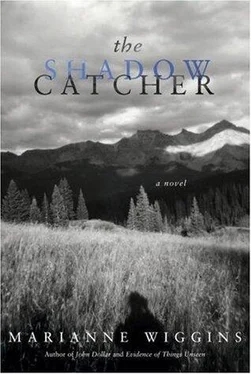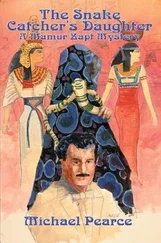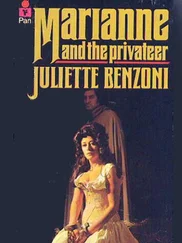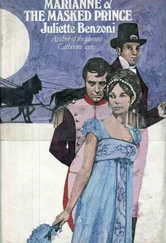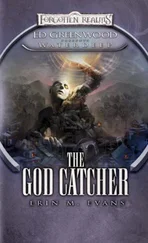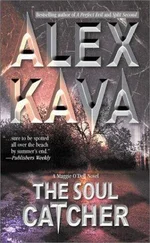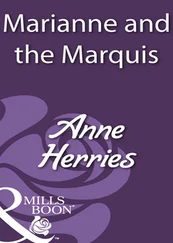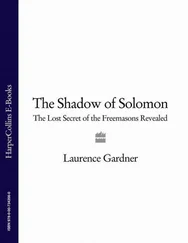If I were to make odds on which of the two was the more attentive father — more demonstrative, more forgiving — I’d have to go with Teddy.
We can imagine hugging Teddy.
We can imagine Teddy hugging back, even if his bear hug nearly killed us.
I can even imagine Teddy as the character of Zorba, like Anthony Quinn in this poster on the wall, a mad Greek, dancing solo on an Aegean shore beneath the stars.
I can imagine Teddy heartbroken, mad with grief at the death of his young wife, blustering his way out of that despair and into new-found LOVE.
I have a harder time imagining that impulse-toward-happiness in Curtis, not because I haven’t tried, heaven knows I’ve tried, but because the evidence that he was ever comfortable or happy is too thin.
I could find only one photograph of him in which he’s smiling, and it’s when he’s reunited with his children who were then middle-aged adults, very late in Curtis’s life, three decades after he and Clara were divorced, two decades after she had died. In this photograph Curtis is standing awkwardly— posing, as he always did — his hand on his hip, eyes averted from his children, who are laughing: but he’s smiling . As ifto say: happy is the way I want you to remember us.
This is us when we were happy is not the message the photograph of Alice Roosevelt’s wedding delivers, and isn’t this is us when we are happy the whole point of these commemorative portraits?
Whether they’re stylized and formal or rapid from-the-hip snapshots, aren’t these pictures supposed to deliver a true feeling for the moment, a re-creation of it, a re-run, not only visually, but viscerally?
And you would think in the archives of a renowned photographer there would be a treasure trove of just such captured moments, little golden artifacts like the ones furnishing a pharoah’s tomb. If I was going to write about Curtis in a way that was meaningful to me then I had to search for his Kodak moments, search for any evidence that I could find of Curtis letting loose his inner Zorba. On that February morning in 1906 when he brought Alice and her fresh groom into focus, he, himself, had been married fourteen years. His oldest child, Harold, was thirteen; and he had two daughters, Beth and Florence, ten and eight. All three lived back West, in Seattle, with their mother Clara. All three called their father CHIEF, the appellation he preferred since he’d started traveling extensively among the native tribes. Even Teddy, one imagines, didn’t ask his kids to call him CHIEF when he was home. Of Edward’s and Clara’s wedding ceremony, I could find no photographic record. Nor a single portrait he had ever made of his beloved. I found a lovely Curtis Studio portrait of her — her eyes are kind, if not suggestively wary — but it had been made by Edward’s photographic assistant, Adolph Muhr, not by CHIEF, himself. By 1906, Clara and Muhr were managing the Seattle studio themselves, barely staying ahead of Edward’s rising costs as he spent more and more time and more and more money photographing Western tribes.
He was rarely, if ever, home.
And unlike Alice Roosevelt, who continued to be an unrepentant thorn in her father’s side, even after Teddy’s death, all the Curtis children never stopped believing CHIEF could do no wrong, never stopped believing CHIEF was the perfect father, even after absences of many years, never stopped seeking CHIEF’s approval.
He became, by disappearing from their daily lives, not a father, but the MYTH of one, a myth they needed to believe in to survive. And despite his actions, despite all contrary evidence, they needed to sustain that system of belief, even if it meant altering their memory, creating a false memory, a false identity, of who their father really was.
If Edward, the disappearing father, was to be the GOOD GUY in their system of belief, then someone — anyone — had to play the villain, because, surely, there was real unhappiness in their home, in everything around them, and someone, never Dad, no, never him, someone else had to take the blame.
The person who was doing all the yelling when the bills came in.
The person who was too tired to cook dinner after working all day long. That other unromantic parent asleep at the stove in her flannel slippers. Stressed out and exhausted.
Mom .
And if the bullet traces of the disappearing fathers are scatter-shot all across the fabric of our nation’s family stories, who’s to blame for all the exit wounds?
Who’s to blame if men keep taking off, lighting out for unknown territories?
Must be the woman’s fault.
Must be something that the woman did or did not do.
Even I, like the Curtis children, harbored a suspicion it was my mother’s fault when my father disappeared. And when he was found dead, I secretly blamed her. Too much the good daughter, I never formed a verbal accusation but I allowed my secret blame to color our relationship for years. And then at some point I lost the energy to blame and decided to believe that in the beginning of their lives together, in their young marriage, their young love, they had found a kind of joy with each other.
I decided to believe something about them, even if it wasn’t true.
I decided to create my own self-sustaining MYTH.
Besides, it might be true.
In fact, I have every reason to believe it was. I have the photographic evidence.
Because my parents eloped, they never had a formal wedding portrait taken, but I unearthed a picture they had kept of the two of them soon after they were married, when John was still a captain in the Army, stationed at Ft. Lee, outside Petersburg, Virginia, where they’d met. I think the picture might have been taken in 1945, soon after the war had ended, because clearly there’s a party going on, everyone looks happy and relaxed and there are couples dancing in the background, you can see the Army guys’ arms around the women’s waists, holding them real close. John and Mary are seated at a table, their dinner plates still half full in front of them, across from another Army couple who are leaning forward, smiling for the unknown photographer. Whenever I asked my parents who the other couple were, they’d say, Those are THE HOUPASES and the Houpases became one of those commonly accepted but patently eccentric names that families toss around to indicate the couple in the house next door, the family on the corner or the mom an’ pop who run the grocery store. We all have them, every family does — THE BREGUNDERS. THE BINSWANGERS. THE OTTS. THE HOUPASES. Mr. Houpas appears to outrank my father, if I’m reading the stars and bars on his uniform correctly, and I think they must have taken their discharges around the same time after the war and returned to civilian life, because some time before I was born John and Mary took a road trip to visit THE HOUPASES in, I think, Keene, New Hampshire. But in the picture, Mary’s hair is artfully arranged in a style popular among the starlets of the day. She’s wearing a single strand of pearls set against a tricolor paneled jersey dress, neither particularly eye-catching nor chic, but her fingernails are freshly painted and she presents herself as someone who’s made an effort to look better groomed than she can afford to. John is leaning back a little in his chair so the photographer can get a good view of his new bride, and both of them look slightly posed, but still I like the way they look and it’s my favorite picture of them. I have it in a frame in the room I write in and I’m sure I look at it a couple hundred times a year. I like to look at the people dancing in the background. But more and more, especially when I was writing about Edward and Clara, I started looking at THE HOUPASES and wondering about them, these two people whom I never knew nor will ever know, inextricably bound to John and Mary in this picture in my writing room. I Googled HOUPAS a while back just for the hell of it but all the search delivered was a Greek composer from Crete and a misguided florist in Ohio offering “authentic Jewish wedding houpas .” If they’re even still alive, the couple in the picture would be in their eighties or nineties. And yet here they are, with me, every day, leaning forward on their elbows, smiling. People perpetually unknown to me, yet whose faces are imprinted on my memory. People whose evident love story I can only fabricate in my imagination, like lovers in a myth. Where are they now? Did they divorce like Edward and Clara? Did they fall to bickering each night? Or am I allowed to believe, because I want to, that they got up from the table later in the night and joined the others dancing? Drank too much retsina and joined Zorba, dancing on the beach? Everything worth knowing is a secret —maybe that’s just the Greek half of me talking, in a Greek restaurant, under the influence of Greek music and Greek food. I look at John’s face, sometimes, in this photograph and wonder if he ever had a clue about what he was in for among the brothers and the cousins and the related dramatis personae in my mother’s mad Greek chorus. I doubt he had ever thought about a Greek outside the Gospels and the Scriptures before he joined the Army. But there he sits with his Greek wife and his Greek Army buddy. And for a couple moments every day it doesn’t matter to me how their stories ended. Because This is who we are , their faces say.
Читать дальше
